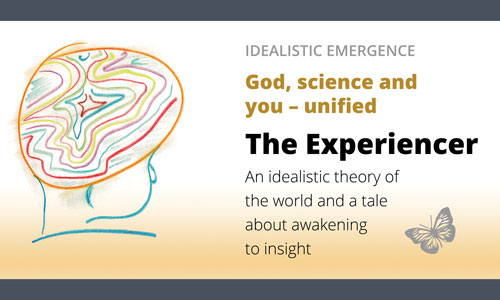12.1. Induction
That points to the method we will and must use in the continuation. We must gather clues and induce, build a case, make it probable – preferably beyond all reasonable doubt.
If something is like this – then it is most logical, necessary, scientifically proven or probable – that it must also be like that. One comes with a high probability of something else.
You have to agree along the way, from step to step, end to end.
How does this work in practice?
An example:
I experience, and you claim that you also experience.
My contention is thus that we are both conscious.
Do you agree? Is it allowed to say something like that? How can this be proven?
In principle, physically, philosophically and logically, it is impossible to prove. But at the same time, you/I experience billions of people claiming the same as us: that they also experience.
They are likely right because there are so many in unison, but we can not know.
We have a clue that points in a specific direction, but this is not enough. We must try to obtain more clues and indications and preferably come up with something that sums up to exclude other alternatives.
